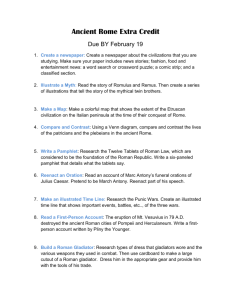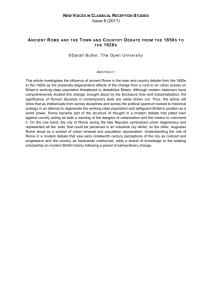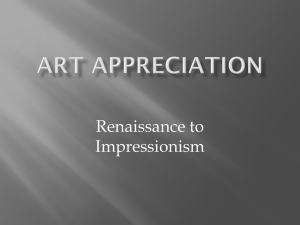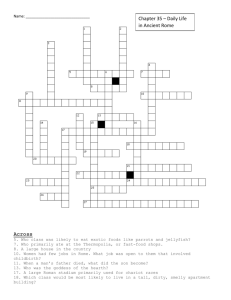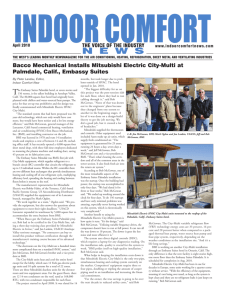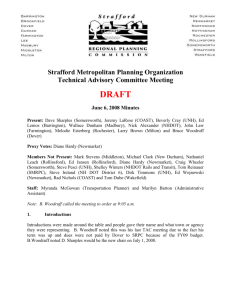Margaret M - University of Warwick
advertisement
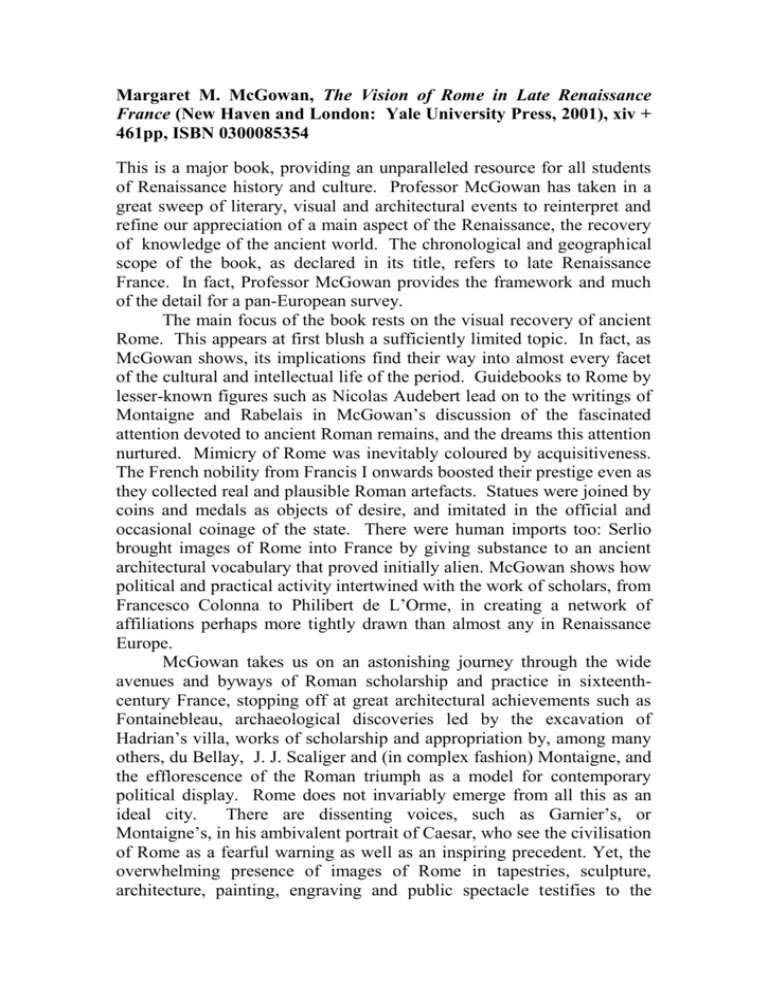
Margaret M. McGowan, The Vision of Rome in Late Renaissance France (New Haven and London: Yale University Press, 2001), xiv + 461pp, ISBN 0300085354 This is a major book, providing an unparalleled resource for all students of Renaissance history and culture. Professor McGowan has taken in a great sweep of literary, visual and architectural events to reinterpret and refine our appreciation of a main aspect of the Renaissance, the recovery of knowledge of the ancient world. The chronological and geographical scope of the book, as declared in its title, refers to late Renaissance France. In fact, Professor McGowan provides the framework and much of the detail for a pan-European survey. The main focus of the book rests on the visual recovery of ancient Rome. This appears at first blush a sufficiently limited topic. In fact, as McGowan shows, its implications find their way into almost every facet of the cultural and intellectual life of the period. Guidebooks to Rome by lesser-known figures such as Nicolas Audebert lead on to the writings of Montaigne and Rabelais in McGowan’s discussion of the fascinated attention devoted to ancient Roman remains, and the dreams this attention nurtured. Mimicry of Rome was inevitably coloured by acquisitiveness. The French nobility from Francis I onwards boosted their prestige even as they collected real and plausible Roman artefacts. Statues were joined by coins and medals as objects of desire, and imitated in the official and occasional coinage of the state. There were human imports too: Serlio brought images of Rome into France by giving substance to an ancient architectural vocabulary that proved initially alien. McGowan shows how political and practical activity intertwined with the work of scholars, from Francesco Colonna to Philibert de L’Orme, in creating a network of affiliations perhaps more tightly drawn than almost any in Renaissance Europe. McGowan takes us on an astonishing journey through the wide avenues and byways of Roman scholarship and practice in sixteenthcentury France, stopping off at great architectural achievements such as Fontainebleau, archaeological discoveries led by the excavation of Hadrian’s villa, works of scholarship and appropriation by, among many others, du Bellay, J. J. Scaliger and (in complex fashion) Montaigne, and the efflorescence of the Roman triumph as a model for contemporary political display. Rome does not invariably emerge from all this as an ideal city. There are dissenting voices, such as Garnier’s, or Montaigne’s, in his ambivalent portrait of Caesar, who see the civilisation of Rome as a fearful warning as well as an inspiring precedent. Yet, the overwhelming presence of images of Rome in tapestries, sculpture, architecture, painting, engraving and public spectacle testifies to the city’s huge imaginative influence on the habit of mind of at least the privileged in late Renaissance France. McGowan has done a wonderful job in assembling, sifting and interpreting the myriad instances of the vision of Rome, and in the process provided information and stimulus for necessary succeeding works of scholarship. Ronnie Mulryne University of Warwick



